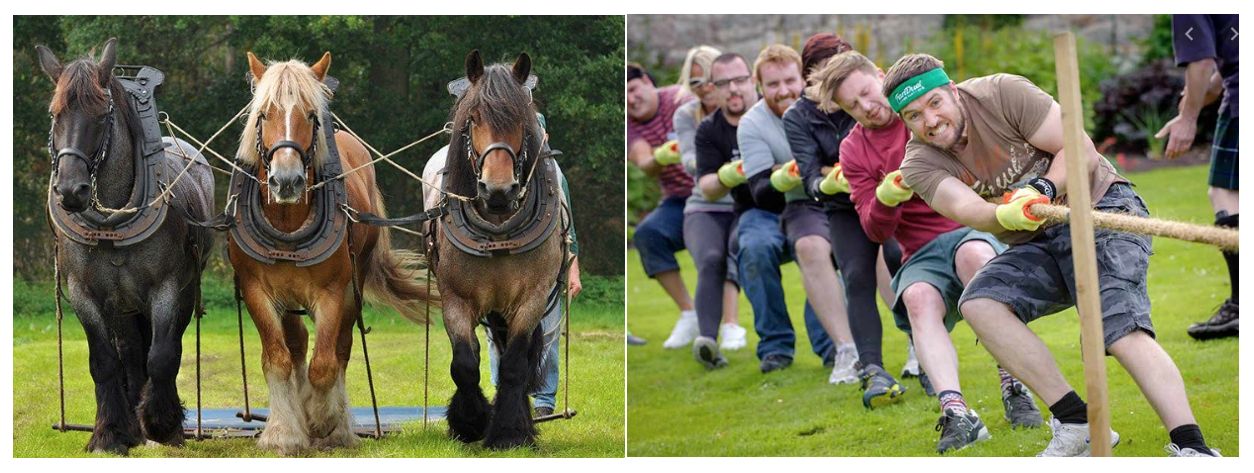A world-class safety culture: sounds good, but is it realistic?
The average boardroom often lacks self-esteem when it comes to ambitions in the area of safety culture. It suffices to drop the term ‘world-class safety culture’ and in no time there is a general consensus on the level of ambition for one’s own organisation, preferably to be realised within a period of two to three years….
But let’s keep it real here.
First of all, what do we understand by a ‘world-class safety culture’?
Let’s start with the concept of ‘safety culture’.
There are few misunderstandings in this respect: by analogy with Deal & Kennedy’s well-known statement regarding corporate culture (‘The way we do things around here’), we can state that safety culture can simply be described as ‘the way your organization deals with occupational safety’.
What makes a safety culture ‘a dime a dozen’ and what makes a safety culture a ‘world-class culture’?
The answer is simple: the number of hierarchical levels and the number of employees within each of those levels who play a lead role. By ‘playing a lead role’ we mean: showing safety ownership at all times. In other words: the number of employees, right across the organisation, who are responsible for their own occupational safety and that of all colleagues, contractors, suppliers and/or visitors. And without pass responsibility onto ‘the organisation’.
A number of characteristics that further refine the concept:
In this type of what is also called ‘high reliability’ organizations …
- everyone regards safety as a value
- everyone is always alert in expecting the unexpected
- everyone always perfectly understands what is expected of him/her
- everyone is always open to new ideas
- every employee wants to make a difference
- Employees believe that their own behaviour is the determining factor.
- all employees spontaneously watch over each other’s health and safety
Executives in particular …
- do not confine themselves to managing operations, but show authentic leadership
- see attitudes and behaviours of employees as a reflection of their own leadership
‘Well, let’s pull it off?’ is what can often be heard in boardrooms.
If only it were true… With such ill-considered statements, executives and/or senior managers completely ignore the peculiarities of the human brain and the way in which behaviour comes about.
Why is this so?
Usually, they unconsciously start from the classic but largely outdated behavioural theory that states that employees on the shop floor make a conscious and well-considered trade-off between the pros and cons of a certain behaviour and make their behavioural choice on the basis of this positive or negative balance. Moreover, it assumes that these choices, whether or not formalized in some procedure or work instruction, are seamlessly converted into perceptible safety behaviour.
If this were really the case, it would mean that every employee within the organisation would continuously rely on the energy-guzzling cognitive part of his or her brain for all his or her behavioural decisions. Something that no human being is capable of. After all, the most current scientific research states that 95 percent of human behaviour is fully automatically controlled by the ‘low energy consuming’ emotional part of the brain (e.g. Kahneman, Thaler, Cialdinni).
The conclusion is clear: a world-class safety culture is a flag planted on the summit of the highest mountain. A goal and status that one ‘hopes to achieve someday’ but of which one knows from the outset that one will never truly reach it, constantly working on the continuous development of a collective (safety) ownership at every level within the organisation.
Willy J. Wastyn
Scientific and conceptual advisor
[2019 – In opdracht van StepStones for Safety®]













